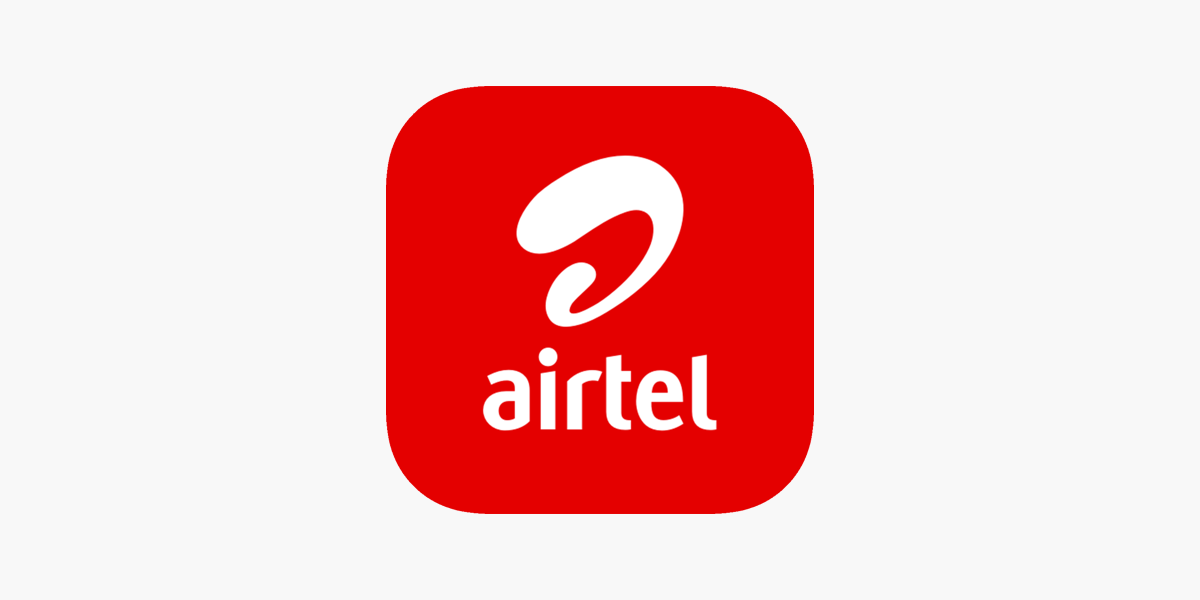The telecom sector revenues increased by 4.2% and 4.5% sequentially in Q2 and Q3FY22, respectively. The sector is likely to see a rise in revenue by 10% in Q4 FY22. This is because the full impact of tariff hikes will be witnessed in the last quarter. However, the pace of 4G upgrades will slow down because of an increase in the cost of services.
The combined revenue of Reliance Jio, Bharti Airtel, and Vodafone Idea rose to ₹45,200 crores in Q3 FY22 from ₹31,500 crores in Q1 FY19, after eliminating the interconnect usage charges (IUC), it increased by 50%.
The country will see a rapid rise in active users with the minimum cost of services doubled to ₹99. There is a massive fall of low-paying customers since the second and the third quarters of 2021 due to tariff hikes. This phenomenon has helped the sector to boost its active user base. The VLR (visitor location register) ratio stood at 87.6% in December 2021.
The VLR or active users’ data shows the actual number of subscribers actively using a mobile network. Experts expect ARPU (average revenue per user), a key performance metric, to grow 15% YOY in FY23 and 9-10% in FY25 to ₹187.
Government’s Relief Package to telecoms
The government announced a relief package in Q2 FY22 to help the telecom operators strengthen their financials. The telecoms were offered a 4-year moratorium on AGR related dues, removal of non-telecom revenue from AGR computation, rationalizing spectrum charges, 100% FDI (foreign direct investment), etc. The package aimed to reduce the debt of telecoms, reduce regulatory burden, generate employment and promote healthy competition.
However, the relief package is prospective with short term benefits to defer today’s pain to tomorrow. Hence, the telecoms need to have organic growth which is possible via constant tariff hikes.
Airtel and Vi saw a 4% rise in ARPU in Q2 FY22 due to tariff hikes. There is a consistent rise in ARPU since Q1 FY22. But the rate of increase is still below 2016 levels, the time when Jio entered and disrupted the market.

Q3 Results
The net profit of Airtel fell by 2.8% on a YOY basis whereas the revenues rose by 12.6% in the same period. EBIDTA for Q3 FY22 rose 22.4% and the margin increased to 49.9% from 45.9%. The fall in profit was due to lower data usage and higher finance costs.
The ARPU stood at ₹163 compared to ₹ 146 in the same quarter last year. The customer base across 16 countries was 48.50 crores.
In India, the revenue growth outperformed the estimated 10% rise and grew by 17.9%. The EBIDTA margin stood at 49.8%. India’s customer base stood at 35.6 crores with capex incurred was ₹4,654 crores.
The company added 2.99 crores 4G data users in Q3, increasing by 18% on a YOY basis. They rolled out 7,800 towers and 31,000 broadband base stations for more connectivity and superior network experience. However, the full impact of tariff hikes will get reflected in the last quarter of FY22. They have a strong balance sheet with robust cash flows.
The company has also prepaid a part of its spectrum liabilities which in turn reduced its debt burden. Recently, Google invested $1 billion in Airtel which validates its role in being the leading pioneer in digital India. Google will invest $700 million against 1.28% stake and $300 million will be pumped in the next five years to make affordable smartphones and develop 5G use cases. They are working on providing Airtel IQ, AdTech, Nxtra and digital banking solutions.

Tariff Hikes
On comparing with the rivals, Airtel’s revenue grew by 6% sequentially while Jio and Vi’s revenue rose by 3.3%.
The telecom won’t hesitate to take lead in pushing another tariff hike round to boost ARPU to ₹200. The tariff hikes have helped the company to speed up its profits from SIM consolidation.
The revenue growth of Airtel indicates that the revenue market share (RMS) of the company will outperform its peers in the upcoming quarters. The company will benefit from SIM consolidation.
SIM consolidation leads to a sharp fall in the number of mobile SIM cards. It happens when customers prefer other telecom brands for quality services and steep rise in tariff hikes. The recent tariff hikes have given a competitive edge to Airtel. The telecom lost 0.6 million users in December whereas its rivals Jio and Vi lost 8.5 and 5.8 million users, respectively.
Airtel’s RMS touched its all-time new high and stood at 37% indicating its win with quality customers. But the RMS is still below that of Jio of 40.2%. Vi has a modest RMS of 18.6%.
The superior execution quality, improving 4G mix, market gain shares, benefit from tariff hikes aided consolidated EBIDTA CAGR (compound annual growth rate) of 27% over FY20-22E.
The competition will intensify after the launch of JioPhone Next- Reliance Jio’s budget 4G smartphone in partnership with Google in the upcoming months. The launch will help in the faster conversion of 2G to 4G users.

More tariff hikes in 2022
As mentioned before, Airtel is ready to lead another round of tariff hikes to boost ARPU to ₹200 in 2022 and eventually to ₹300 going ahead. The hike will happen only after the current SIM consolidation wave comes down. The recent tariff hikes in July and November triggered consolidation.
Airtel has already seen a 20-25% consolidation and there is more to come. The consolidation had slowed down the net additions of 4G subscribers.
Airtel said that a user cannot use more than 17 or 18 GB of data per month. Now, with the opening of schools, colleges and offices, the bandwidth consumption as compared to lockdown is going down. The average screen time of users is 4 hours. The moderation will help the telecom since they will have to incur less capital expenditure. In previous quarters, the company provided allowances for using extra GBs. The company reported 18.3 GB usage per user compared to 19.06 GB in the September quarter.
The company expects to witness consolidation till March FY22 due to a steep rise in prepaid rates to ₹99.
In November, all the three big telecoms rose the prepaid tariffs up to 25% to boost ARPU and garner more revenues. Airtel and Vi had raised the tariffs in July too. But the EBIDTA was impacted due to an increase in sales commission, capacity enhancement and channel incentives.
The financial costs also increased due to forex rate fluctuations. Consolidated net debt fell by 4.2% from ₹1.66 lakh crores to ₹1.59 lakh crores sequentially.

5G spectrum
Airtel has also urged the telecom regulator to slash down the rates of the 5G spectrum. India’s top telecoms have reached out to TRAI (Telecom Regulatory Authority of India) to cut the starting prices of 5G airwaves up to 95% from the previous rate so that they can work on capital intensive and wireless broadband networks.
TRAI is working on the 5G spectrum pricing and the auctions are likely to take place by May-June 2022. Earlier, ₹492 crores per unit were set as the minimum price for mid-band 5G spectrum. The telecoms suggested that the prices were unaffordable.
The pace of 5G adoption will only happen by FY24 as the country’s installed base of 5G devices to a smartphone was still at 3-4%. Also, they are determining where should 5G technology get deployed and it will be put into places where there is no further 4G investment.

Conclusion
To sum up, the government’s relief package is moving in the right direction. Moreover, the tariff hikes had a positive impact on the Q3 results of telecoms. The complete impact of the hikes will get carried forward to Q4 FY22 because the latest tariff hike was seen at November’s end.
The telecoms need to increase tariffs at regular intervals for sustainable organic growth. Additionally, the four-year moratorium will help the telecoms pay their dues and ensure smooth operations. Lastly, with the upcoming 5G spectrum auction it becomes more critical for the telecoms to strengthen their books and ensure smooth evolution of technology.




